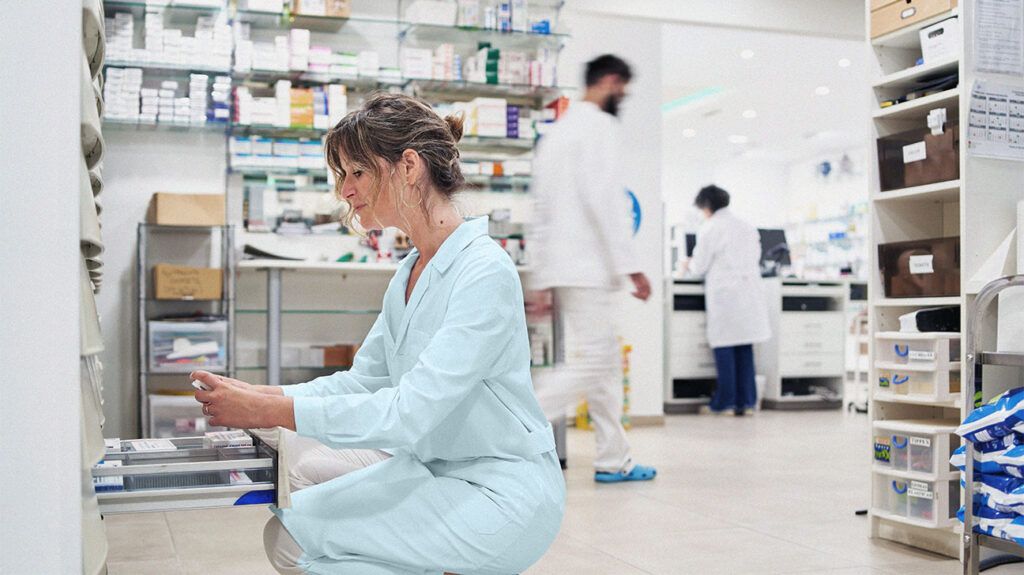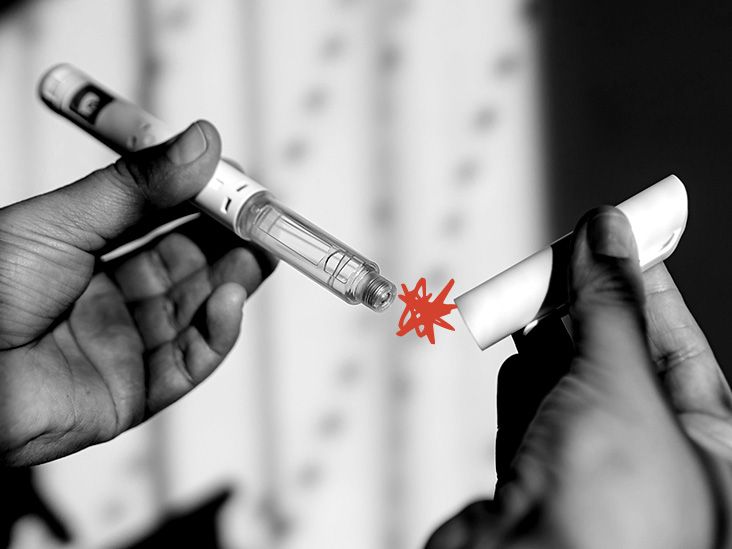If MRSA bacteria enter the skin, an infection can develop. Such infections do not go away on their own and require immediate treatment to prevent complications.
Methicillin-resistant Staphylococcus aureus (MRSA) is a type of staph bacteria that is highly resistant to common antibiotics. Many people carry the MRSA bacteria harmlessly on their skin, but if MRSA enters the skin, it can cause complications that require treatment.
This article gives an overview of MRSA and considers how doctors treat MRSA infections. It also provides information on the treatment options for recurrent MRSA infections and considers the outlook for people with MRSA. Finally, the article offers advice on when to talk with a doctor.

Methicillin-resistant Staphylococcus aureus (MRSA) is a type of Staphylococcus (staph) bacteria resistant to a common class of antibiotics called methicillin antibiotics.
According to the Centers for Disease Control and Prevention (CDC), around
However, MRSA may enter the body via a break in the skin, such as a cut or scrape. When this happens, the bacteria can multiply out of control, causing an infection.
A MRSA infection will not go away on its own. It requires prompt treatment with antibiotics that the bacteria are not resistant to.
The Minnesota Department of Health notes that individuals with a MRSA infection should always seek treatment from a doctor and complete the treatment according to the doctor’s instructions.
An untreated or improperly treated MRSA infection can enter the bloodstream and spread to other tissues and organs, causing serious and potentially life threatening complications.
According to the Arizona Department of Health Services, the incubation period for MRSA is typically around 4 to 10 days. This is the amount of time it takes for the infection to develop and cause symptoms after a person comes in contact with the MRSA bacteria.
Antibiotic treatment is the mainstay treatment for MRSA infections. It involves administering specific antibiotics that the bacteria have not developed resistance to.
Doctors usually recommend taking these antibiotics over
Learn about the symptoms of MRSA.
The treatment for MRSA depends largely on the severity of the infection.
For mild soft tissue infections, doctors may drain, clean, and dress the wound, and prescribe an oral antibiotic,
- trimethoprim/sulfamethoxazole
- tetracyclines, such as doxycycline or minocycline
- clindamycin
If oral antibiotics are not effective, or MRSA has entered the bloodstream or infected other organs or tissues, doctors may recommend intravenous (IV) antibiotics.
According to a
According to the Minnesota Department of Health, some people may experience recurrent MRSA infections. If this happens, doctors may recommend follow-up tests to determine the cause.
Doctors may also recommend treatments to help remove MRSA from the skin or the inside of the nasal cavity. This process is called decolonization.
According to Nationwide Children’s Hospital, decolonization can help reduce the risk of recurrent infections and a person’s risk of transmitting MRSA to others.
Decolonization involves two types of treatment:
- cleansing the skin with an antibiotic soap once a day for up to 5 days
- rubbing an antibiotic ointment into each nostril twice a day for 5 days
Some people may also experience recurrent systemic MRSA infections. A 2022 study investigated the risk factors for recurrent Staphylococcus aureus bacteremia (RSAB), which is the medical term for a recurrent staph infection in the blood.
Of the 1,725 RSAB cases, 51.3% involved MRSA bacteremia. Overall, 5% of all study participants experienced RSAB within 90 days of the initial staph infection.
Factors associated with an increased risk of RSAB included:
- carrying MRSA inside the nose
- resistance to the antibiotic methicillin
- resistance to the antibiotic rifampicin
- having an indwelling vascular graft, which is a synthetic implant that connects two blood vessels
A 2023 review suggests that certain combinations of antibiotics may help treat persistent cases of MRSA bacteremia, though further research is necessary to establish which antibiotic combinations are most effective.
Learn about MRSA transmission.
Doctors can effectively treat most MRSA skin infections using certain non-methicillin oral antibiotics. Draining and cleaning the wound can also help reduce the risk of the infection spreading to the blood and other parts of the body.
The outlook for people with systemic MRSA infections, such as MRSA bacteremia, depends largely on a person’s overall health. For example, individuals with compromised immune systems may have a higher risk of complications from a MRSA infection.
According to the
- surgical site infections
- bloodstream infections, such as bacteremia and septicemia
- pneumonia
- sepsis
- death
A person should contact a doctor if they experience possible signs or symptoms of a MRSA infection. According to the
Breaks in the skin are among the most common sites of infection. Most MRSA skin infections appear as a raised bump on the skin, which may be:
- red
- swollen
- hot to the touch
- painful
- filled with pus or leaking pus or other drainage
A MRSA infection that spreads to the bloodstream or to other organs or body tissues may cause additional symptoms.
According to the United Kingdom’s National Health Service (NHS), a MRSA infection that spreads to the blood or lungs may cause:
- high temperature
- chills
- difficulty breathing
- dizziness
- confusion
A person should also contact a doctor if they are taking oral antibiotics to treat a MRSA infection but feel that the infection is worsening.
However, it is important that a person does not stop taking an antibiotic unless their doctor advises them to do so.
Methicillin-resistant Staphylococcus aureus (MRSA) is a type of bacteria highly resistant to common antibiotics.
Many people carry MRSA on their skin. It is usually harmless but can occasionally enter the skin via an open wound, causing an infection.
A MRSA infection cannot go away on its own and requires treatment with specific antibiotics. Without such treatment, the infection can enter the bloodstream and cause serious complications.
Skin cuts and scrapes are common sites of MRSA infection. The infected area typically forms a raised bump that may be red, swollen, and painful and may leak pus or drainage. A person should visit a doctor if they experience these symptoms, or if they are receiving treatment for a MRSA infection but feel that their condition is worsening.
Some people may experience recurrent MRSA infections. If this happens, a person should talk with a doctor for further tests to determine the cause.
In some cases, doctors may recommend decolonization treatment, which involves applying antibiotic ointments and soaps to help clear MRSA from the nasal cavity and skin. These treatments can help reduce the risk of recurrent infections.


